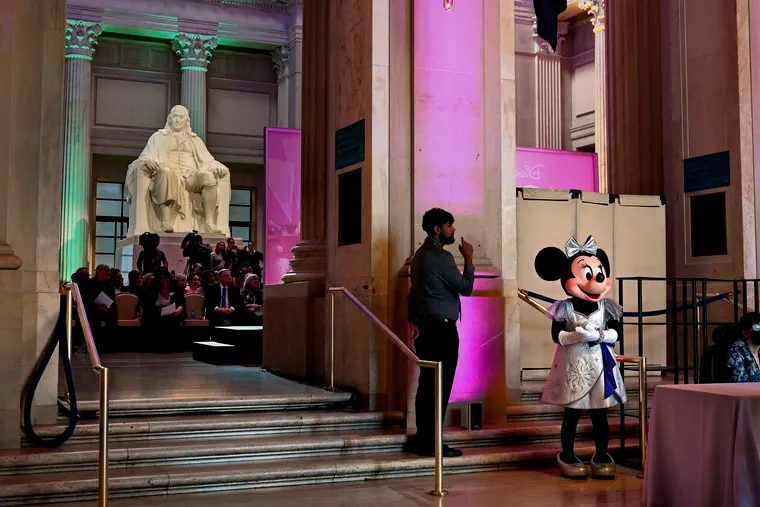Puzzle design is a complex mix of inspiration, research, brainstorming, experimentation, and an understanding of human psychology. The best puzzle designers create puzzles that challenge the mind and stimulate creativity. They use their understanding of psychology to create puzzles that play on the brain’s natural desire to establish patterns and rhythms and to encourage the mental state of flow. Playtesting is a crucial part of the design process, allowing designers to see the puzzle from a new perspective and identify any flaws or weaknesses. The rise of digital puzzles has revolutionized puzzle design, offering a new level of interactivity and accessibility.
The Art of Puzzle Design: Behind-the-Scenes Insights from Experts
Puzzle design is both an art and a science. It requires creativity, passion, and an understanding of human psychology. The best puzzle designers are able to deliver a unique and engaging experience that challenges the mind and stimulates creativity. In this article, we explore the world of puzzle design and take a look behind the scenes at the creative process of some of the industry’s leading experts.
The Creative Process
At the heart of puzzle design is the creative process. This process is a complex mix of inspiration, research, brainstorming, and experimentation. The best puzzle designers are able to harness all of these elements to create a puzzle that engages and challenges the mind.
According to renowned puzzle designer Scott Kim, the creative process starts with inspiration. This could be anything from a simple idea to a complex concept. From there, the designer begins to research and explore the idea to gain a deeper understanding of its potential. Once the research is complete, the designer begins brainstorming and sketching out concepts, often using multiple diagrams and sketches to map out the puzzle’s structure.
As the puzzle begins to take shape, the designer begins to experiment with different elements to test its functionality and challenge. This can involve adjusting the puzzle’s structure, adding new elements, or removing unnecessary components. The designer continues to refine the puzzle until it reaches a level of complexity and challenge that is both engaging and fun to solve.
The Role of Psychology
One aspect of puzzle design that is sometimes overlooked is the role of psychology. A good puzzle designer understands the fundamental principles of human psychology and uses this knowledge to create puzzles that are both challenging and fun.
According to puzzle designer Nikoli, one key psychological principle is the brain’s natural desire to establish patterns and rhythms. By understanding this principle, a puzzle designer can create puzzles that play on this desire and challenge the mind to find new patterns and solutions. For example, a puzzle that involves rotating or flipping pieces can challenge the brain’s natural tendency to see things in a certain way.
Another psychological principle that puzzle designers use is the concept of flow. Flow is the mental state that occurs when a person is completely immersed and engaged in a task. A puzzle designer can create puzzles that encourage this state by providing a satisfying challenge that is neither too easy nor too difficult.
The Importance of Playtesting
Perhaps the most important aspect of puzzle design is playtesting. Playtesting involves giving the puzzle to a group of people to solve and then observing their reactions and feedback.
According to puzzle designer Reiner Knizia, playtesting is essential to the design process. It allows the designer to see the puzzle from a new perspective and identify any flaws or weaknesses that may have been overlooked. Playtesting also provides valuable feedback that can be used to improve the puzzle’s design and challenge level.
The Future of Puzzle Design
As technology continues to evolve, so too does the world of puzzle design. One exciting development in recent years has been the rise of digital puzzles. Digital puzzles offer a new level of interactivity and engagement that traditional puzzles cannot match.
According to puzzle designer Wei-Hwa Huang, digital puzzles have the potential to revolutionize puzzle design. They offer a level of flexibility and creativity that is not possible with traditional puzzles. Digital puzzles can also be designed to be accessible to a wider audience, including those with disabilities or impairments.
Conclusion
Puzzle design is a fascinating field that blends creativity, psychology, and science. The best puzzle designers are able to harness these elements to create puzzles that are engaging, challenging, and fun to solve. By understanding the creative process, psychology, and the importance of playtesting, puzzle designers can create puzzles that are sure to delight and challenge audiences for years to come.
